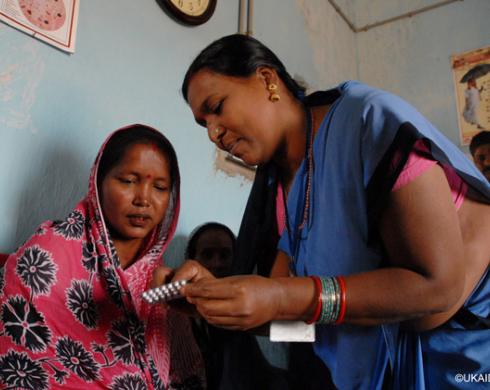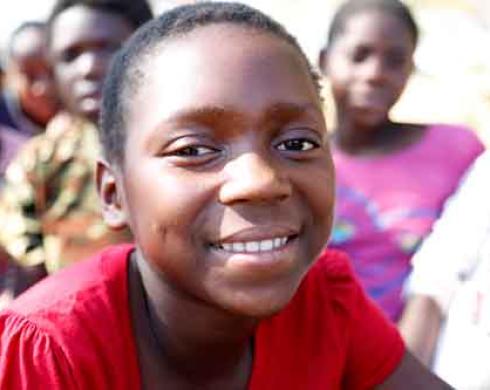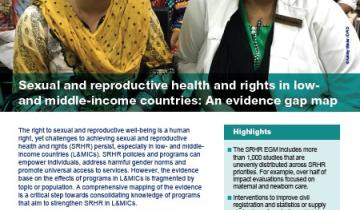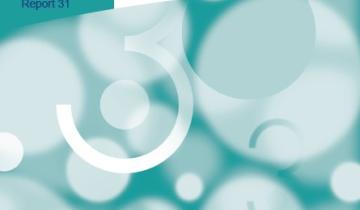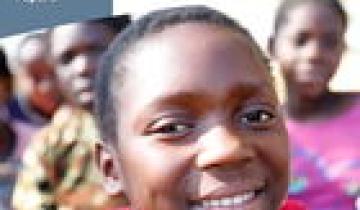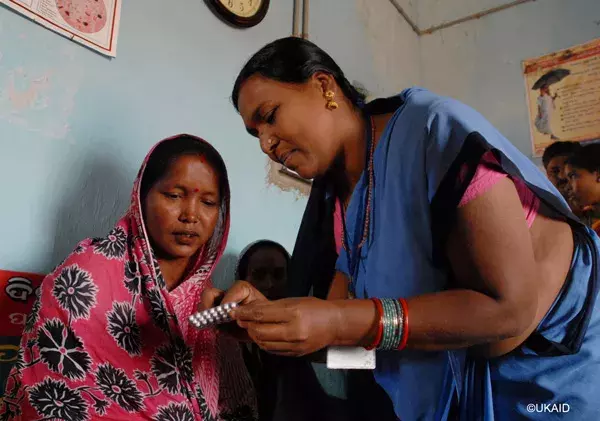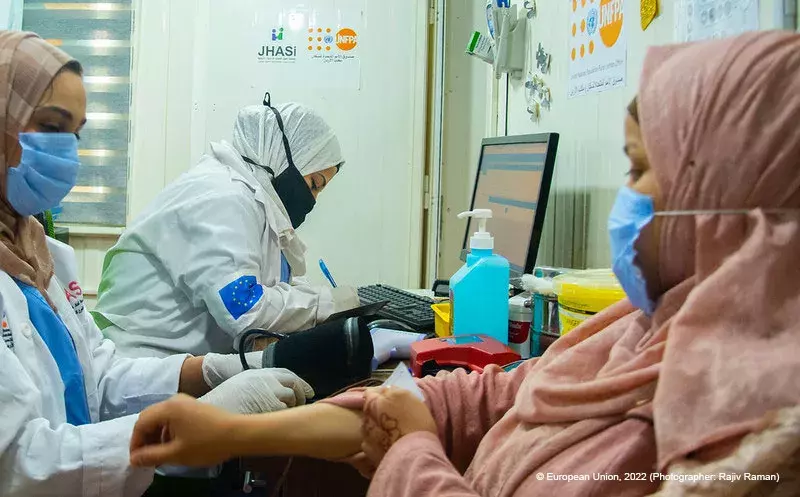Promoting Sexual and Reproductive Health and Rights
One’s health and well-being are related to one’s sexual and reproductive rights, which are human rights. However, many people still encounter challenges to bodily autonomy, sexual choice and accessing quality services. Despite a global commitment to and improvements in contraceptive use, maternal and newborn health, and adolescent health, challenges to sexual and reproductive health and rights remain, particularly in low- and middle-income countries. 3ie's efforts to map evidence of interventions in this domain aim to contribute to progress towards sustainable development goals relating to health and gender equality.
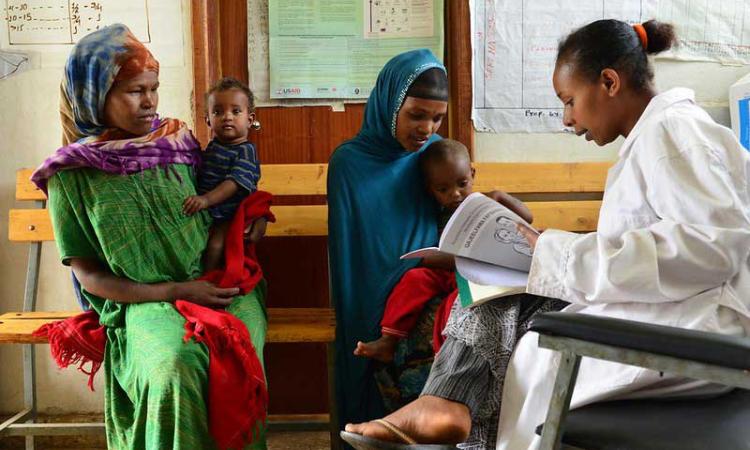
Overview
Sexual and reproductive health plays an integral role during adolescence and adulthood, and the lack of it can have long-lasting effects on many aspects of a person’s life. Programming in this key area has the potential to improve not only sexual and reproductive health but also the overall health of individuals and their ability to reach their full potential. 3ie's research portfolio includes projects focusing on sexual and reproductive health and rights (SRHR), maternal and child health, intimate partner violence as well as adolescent sexual and reproductive health in low- and middle-income countries (L&MICs).
Projects
Sexual and reproductive health and rights evidence gap map
The persistence of inequalities in the right to access sexual and reproductive health services and make free, informed decisions related to one's sexuality, reproduction and bodily autonomy, as well as discriminatory norms and values are reflected in, among other things, the unacceptably high rates of child marriages, unwanted pregnancies, and barriers to sexuality education, contraception and safe abortion.
To examine the state of the SRHR evidence base and inform an upcoming strategic evaluation, the German Institute for Development Evaluation (DEval) commissioned 3ie to conduct a systematic search to identify and map the evidence base of impact evaluations, systematic reviews and selected qualitative studies of SRHR interventions in L&MICs. While a lot of evidence on SRHR-promoting interventions exists for some groups, this 3ie evidence gap map (EGM) will fill a gap in the current evidence base by considering a broad range of SRHR interventions across multiple populations and L&MIC regions.
Read protocol | Read blog | View map
Adolescent sexual and reproductive health evidence gap map
Adolescence is a critical period in life, during which children aged 10–19 undergo extensive biological, psychological and social changes. During this time, accessing sexual and reproductive health services can pose serious challenges for them. With support from the William and Flora Hewlett Foundation and inputs from an expert advisory group, 3ie identified and mapped the evidence from rigorous impact evaluation and systematic reviews published between 1990 and 2017 around priority interventions and outcomes relating to sexual and reproductive health for children aged 10–19 years in L&MICs.
Overall, the mapping exercise found that the considerable amount of impact evaluation evidence does not address key issues of diversity among adolescents, or the effects of social norms. Issues of quality were found in reporting, the context of the evaluations, the interventions and associated theories of change. The question of cost-effectiveness is notable in its absence from the research questions in the studies and reviews. Even when there was sufficient evidence for synthesis, there was a dearth of high-quality systematic reviews focused on adolescent sexual and reproductive health in L&MICs.
Read scoping report | Read EGM report | View map | View webpage
Maternal, newborn and child health evidence gap map
3ie in collaboration with World Health Organization and the Partnership for Maternal, Newborn & Child Health created an evidence gap map to assess the evidence available on social, behavioural and community engagement interventions related to reproductive, maternal, newborn and child health programs in low and middle-income countries.
View map | Read the report | Read brief | View webpage
